Motorola ThinkPhone


The Motorola ThinkPhone is a quality no-nonsense phone, but you do end up paying quite a bit for the Lenovo ThinkPad link, without huge benefits for most buyers.
Pros
- Powerful CPU, good thermals
- Some relevant business-focused features
- Great water resistance
Cons
- Expensive for what you get
- Uses a slightly older processor
- No zoom camera
Availability
- UKRRP: £899
Key Features
- Fast charging68w charging from the included power brick
- ThinkPad inspirationSome iconic features from the ThinkPad laptop line, including a red key
- Durable designIP68 for water resistance and a MIL-STD 810 rating for added durability
Introduction
The Motorola ThinkPhone is something you might have predicted way back in 2014.
In that year Lenovo acquired Motorola. Lenovo’s iconic laptop brand is Thinkpad. Motorola was, perhaps still is, an iconic phone brand on its own. Slap the two together and what do you get? This phone, apparently.
It is a somewhat business-focused phone that uses significantly higher-end tech than most of the Motorola phones I see.
The Motorola ThinkPhone is a good smartphone. However, Androids are not able to distinguish themselves as business devices as clearly these days as they could in the BlackBerry era. And at £899 that raises the question of whether it’s worth the fairly substantial outlay when a few of the finishing touches aren’t as good as those of Samsung, Google or Apple.
Design
- Back panel inspired by Lenovo ThinkPad laptops
- A mid-size phone
- High water resistance rating (IP68)
The Motorola ThinkPhone pairs very nicely with a Lenovo ThinkPad X1 Carbon. They have a similar finish on the back, intended to look like carbon fibre.
In both cases, it’s reinforced plastic, but that does not mean it’s cheap to produce. Where some laptops use a carbon fibre weave for this kind of finish, the ThinkPhone has an “aramid” layer. A bit of digging suggests this is very similar to Kevlar. And it’s a much more suitable material than carbon fibre, as it won’t block phone reception or the wireless charging feature of the Motorola ThinkPhone.
Glide a finger across the phone’s back and it feels like a slightly soft touch plastic. However, I’d advise just putting on the slightly harder-feeling plastic case bundled in the box. It adds a lot less bulk than the basic silicone cases supplied with 90% of Motorola phones.
This phone sits in an inoffensive middle-ground in terms of size. Not a giant. Not tiny. And the lithe case maintains this crowd-pleaser shape.
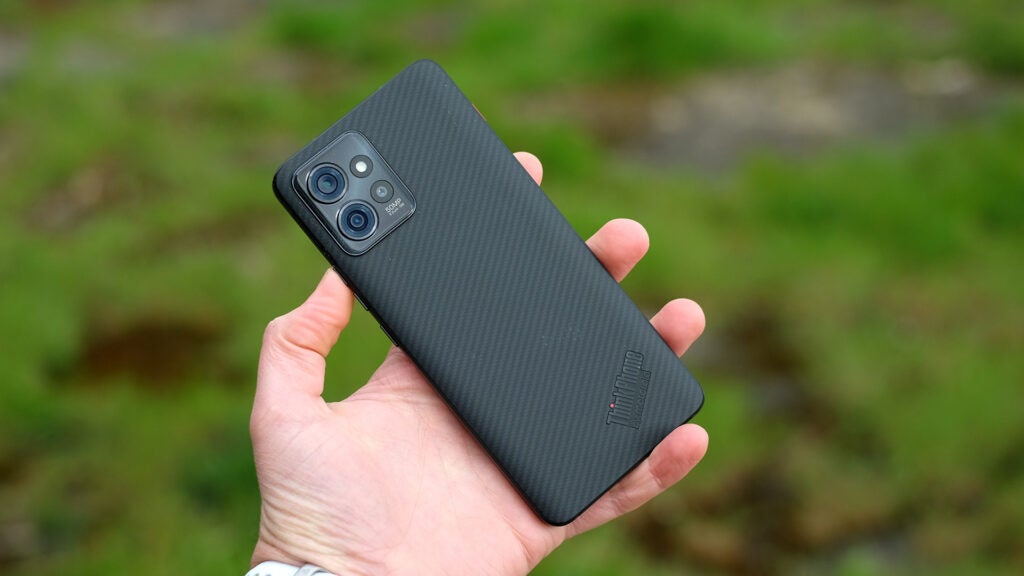
It also lacks the built-in screen protector Motorola usually slaps on its phones. My take is Motorola feels a plastic protector would undermine the sense quality a bit, and glass protectors often interfere with in-screen fingerprint scanners. The Motorola ThinkPhone has one. It’s fast and responsive.
There’s also a red accented shortcut button on the side. This, thankfully, does not just launch Google Assistant. You can choose an app to load upon a press, or double press, or make it play/pause music.
Like almost every phone in this class, the Motorola ThinkPhone does not have a headphone jack. Its stereo speakers are solid, though. Maximum volume is good and the tone is not thin, although the very best have better bass.
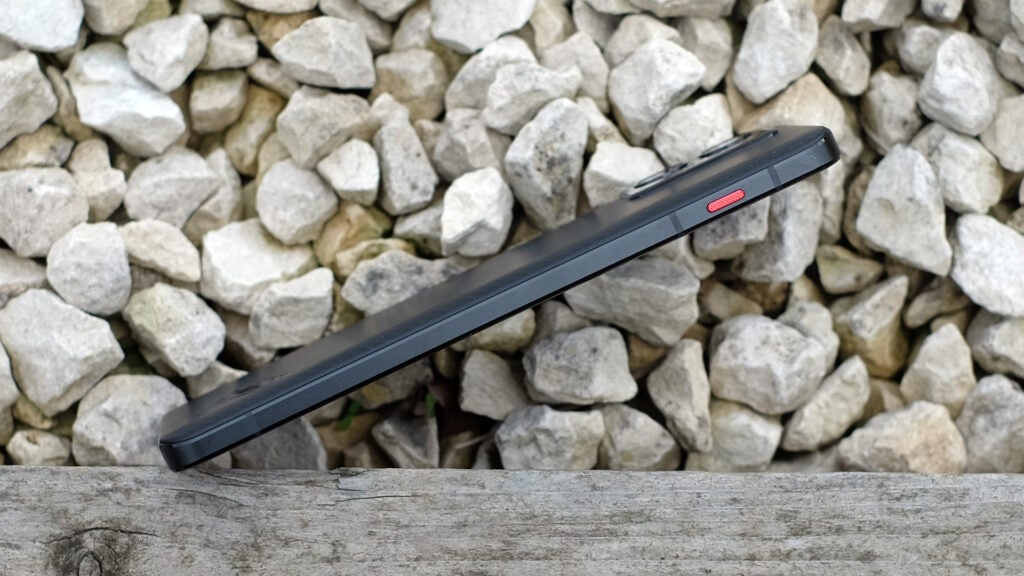
This phone does have excellent water resistance, with an IP68 rating. It’s the best you’ll find in a “normal” phone. IP68 connotes something is dustproof, and has been tested to withstand immersion in water at a depth of 1.5m or greater.
Screen
- Bright OLED panel
- Pure flat display
- Dynamic refresh rate as standard
The Motorola ThinkPhone has a 1080p OLED screen with almost all the characteristics you’d expect of a high-end phone screen bar, seen in some phones of the price, a curved panel. And that style arguably wouldn’t suit a business phone anyway.
Colour is great, contrast is the usual hit expected from an OLED phone. Its maximum refresh is higher than many top-tier phones too, at 144Hz.
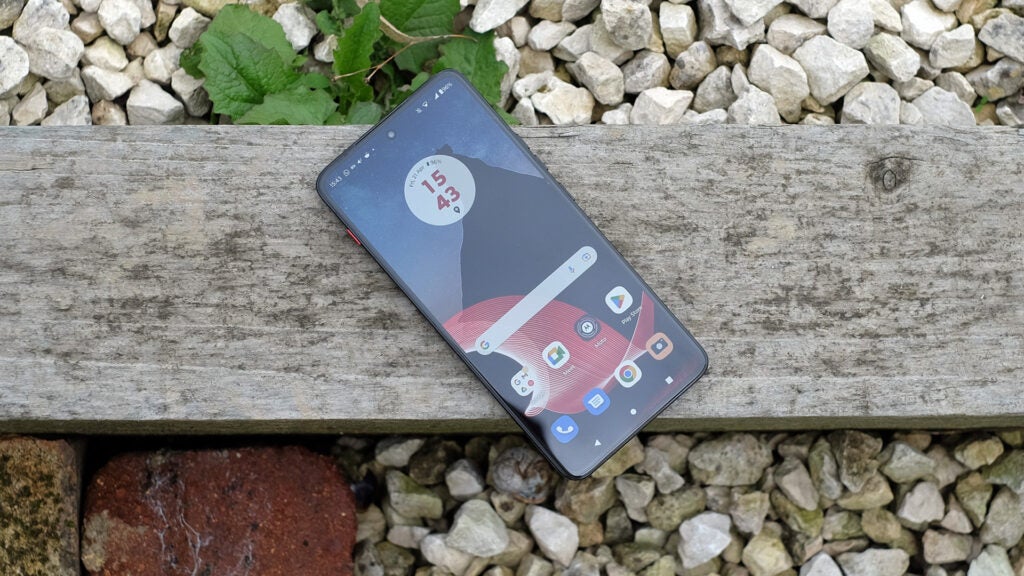
You won’t see that top refresh rate unless you select it manually, though. By default the Motorola ThinkPhone sticks to its Auto mode, which cycles between 60Hz, 90Hz and 120Hz based on what’s happening on-screen. I haven’t seen it drop below 60Hz, based on the read-out you can access in Android’s developer mode.
This is a screen by LG Display, as it’s a P-OLED. These can sometimes take on a slight blue tint when viewed from an angle, compared to Samsung panels, but there’s little-to-none of that here.
Maximum brightness is good too. The Motorola ThinkPhone will max out at 480 nits indoors, but the high brightness mode reaches 900 nits. 923 nits was the highest I measured when playing back HDR video. It’s a way below the claimed 1200 nits, but this figure may be possible when not filling the display with white.
For the money you can get a much higher resolution screen. The OnePlus 11 is £170 less, but has far more pixels packed into its display. They are not particularly impactful pixels, but do put the value of the ThinkPhone up for debate.
Software and performance
- Good performance, but not quite 2023 flagship tier
- Very little thermal throttling
- Clean software with a few business-relevant extras
Motorola is known in tech circles for having a light-touch approach to Android. It keeps the look and feel close to vanilla, adding just a few neat touches like Motorola’s signature lock screen.
This tactic has worked for a decade, but the Motorola ThinkPhone sees the company lay on the extras just a little thicker. It makes sense – it’s a “pro” phone, so it needs to prove that somehow.
There are extra security features, like the option to scramble your keypad whenever you unlock your phone, in order to stop people seeing the pattern you trace from a glance. Smart, but also somewhat irritating. There’s the secure folder function, where you can store stuff behind a password too.
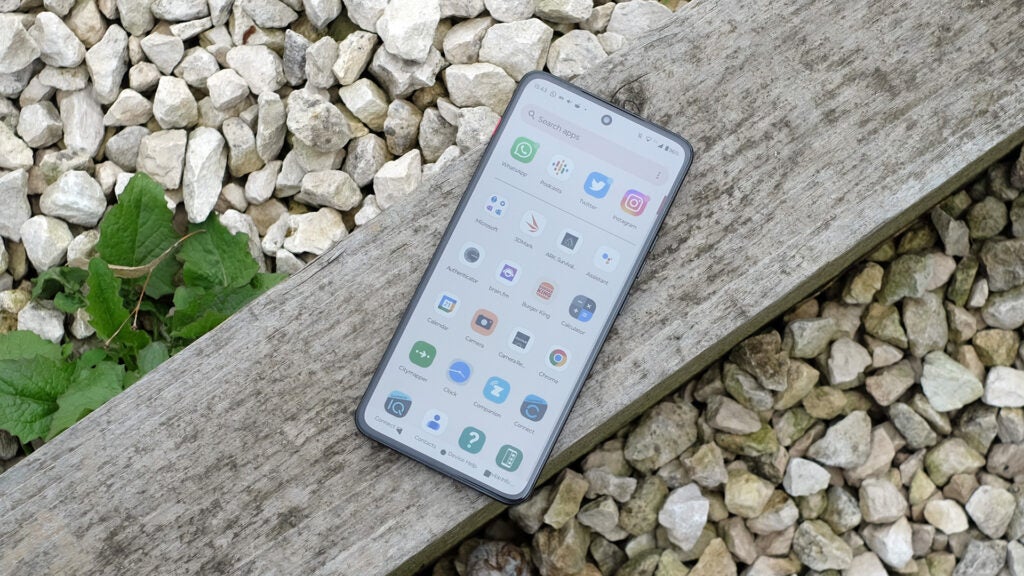
Motorola packages these up, alongside existing Android protections, in a Moto Secure app. I don’t think it amounts to much, if only because encrypted folder apps are common anyway. And I don’t want to scramble my keypad, thanks.
The ThinkPhone also has Ready For, which shows you how to access your phone apps on your Windows laptop/PC screen. However, this is also available on recent Motorola Edge-series phones. This is really no more of an ideal business phone than most other top-end Androids in most respects – but then people have been incorporating phones into their work lives long before the iPhone existed, so are we surprised?
Using a ThinkPhone largely feels like using another high-end Motorola to me, and there’s nothing wrong with that. The more substantive stuff for business buyers is Lenovo’s fleet management tech, allowing IT teams to have some control over a whole army of ThinkPhones used across. But that doesn’t impact the experience of an ordinary person reviewing the phone solo, and isn’t something I can test.
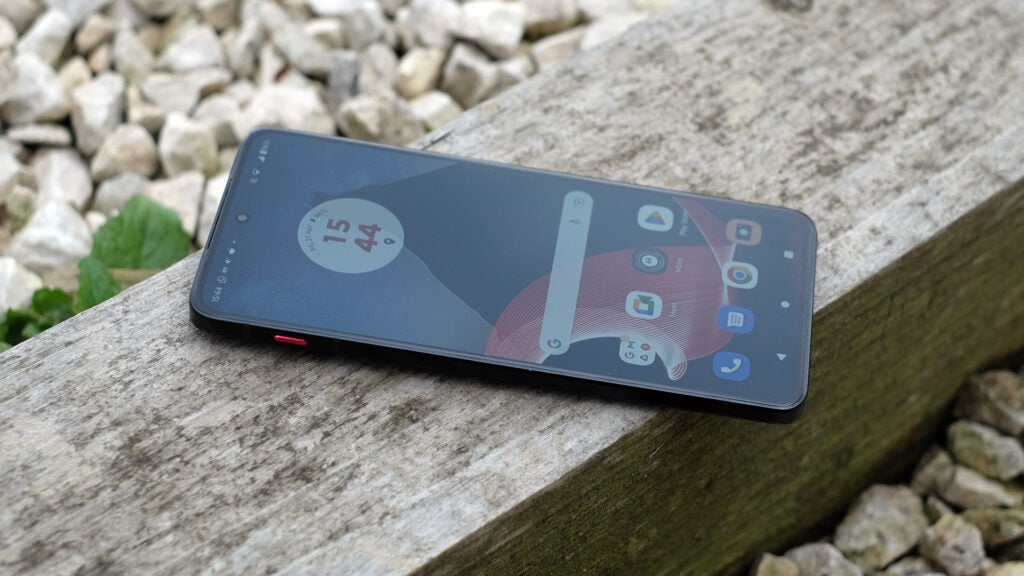
The phone has Qualcomm’s Snapdragon 8+ Gen 1 CPU, a flagship processor a generation behind the Snapdragon 8 Gen 2 used in the Samsung Galaxy S23.
This is no longer a chart-topping chipset, even among Androids, but it is plenty powerful. There’s a lovely zippiness to jumping around Android on the ThinkPhone, missing from the last couple of mid-range phones I’ve reviewed.
I’ve also seen no worrying moments of the phone getting hot when just browsing or taking images, which has happened with a few of these Snapdragon 8-series phones.
A 3DMark Wild Life benchmark shows how well the phone handles pressure. A 20-minute gaming-style stress test sees just slight thermal throttling, performance dropping to 92% of its maximum.
Given I’ve seen plenty of Qualcomm-powered phones lose 55-60% of their performance through throttling over the last year or so, the Lenovo ThinkPhone gets an enthusiastic thumbs up. This phone is pretty handy for gaming, once you’re done with the spreadsheets and whatnot.
Camera
- Fair main camera
- OK ultra-wide
- No zoom
The Motorola ThinkPhone does not have an immediately compelling camera array, considering how much this phone costs. It uses a 50MP primary camera, a 13MP ultra-wide and a 2MP macro. A filler macro camera on a top-end phone? It’s not a great look.
This layout appears to be identical to that of the Motorola Edge 30 Fusion, a 2022 mid-range Android. It includes an Omnivision OV50A (50MP) sensor and a SK Hynix HI1336 (13MP). The 2MP macro is another Omnivision joint. Motorola clearly has confidence in that 50MP Omnivision chip, though, as it’s used in the Motorola Edge 40 Pro too.
Is it deserved? The Motorola ThinkPhone’s main camera is not going to worry the iPhone 14 Pro or Samsung Galaxy S23 Plus, but it can take pleasing photos in all situations.
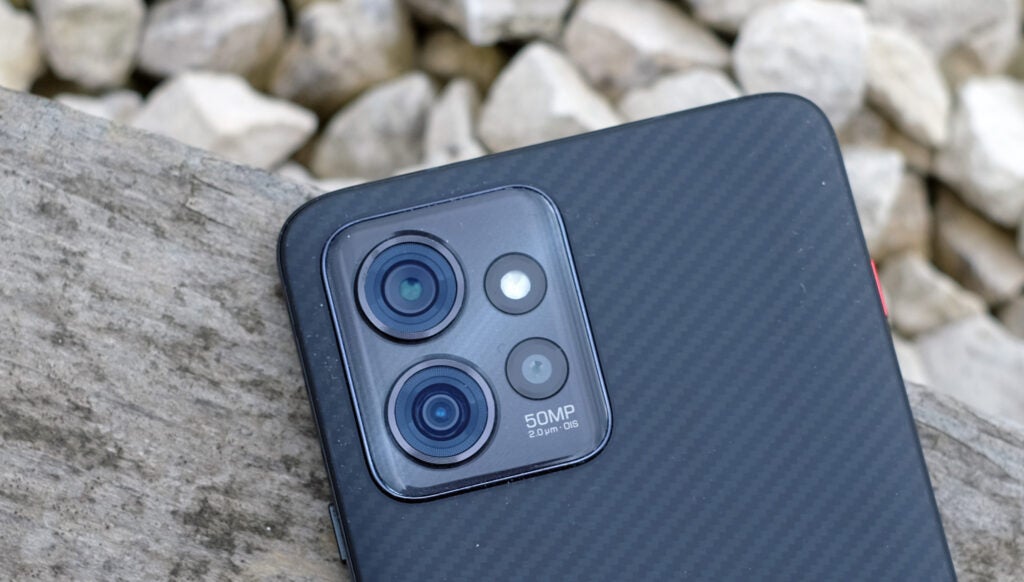
In daylight you get solid dynamic range and a good impression of detail, if not quite the pixel-level confidence with tricky textures of the very best. The ThinkPhone generally holds up pretty well at night, with some caveats.
I took the phone on a couple of nights out. It did well for a bit of late-night street photography and for taking some pictures at a gig. However, in another even lower light scene, the image looked much noisier and less detailed than I’d expect from a Google Pixel 7 or Samsung Galaxy S23.
This is no great surprise. I’ve never thought Motorola had bleeding-edge processing, more like just enough to get by. Normal low-light? Good. Extreme low light? performance is just OK when you zoom right into the pics.
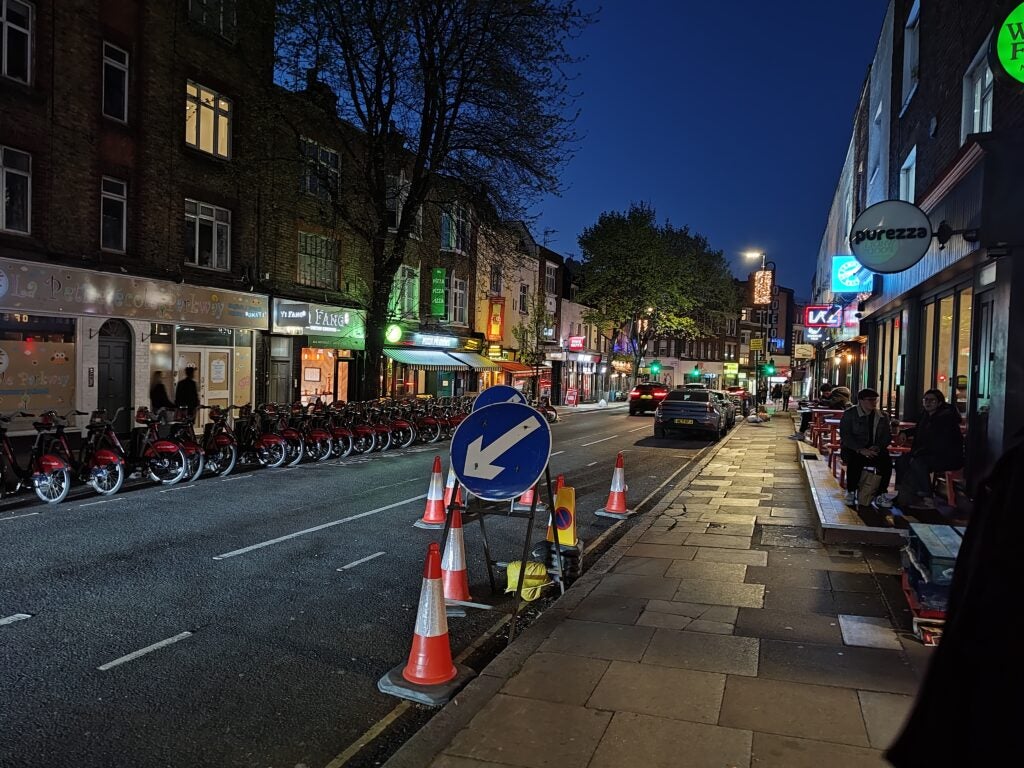

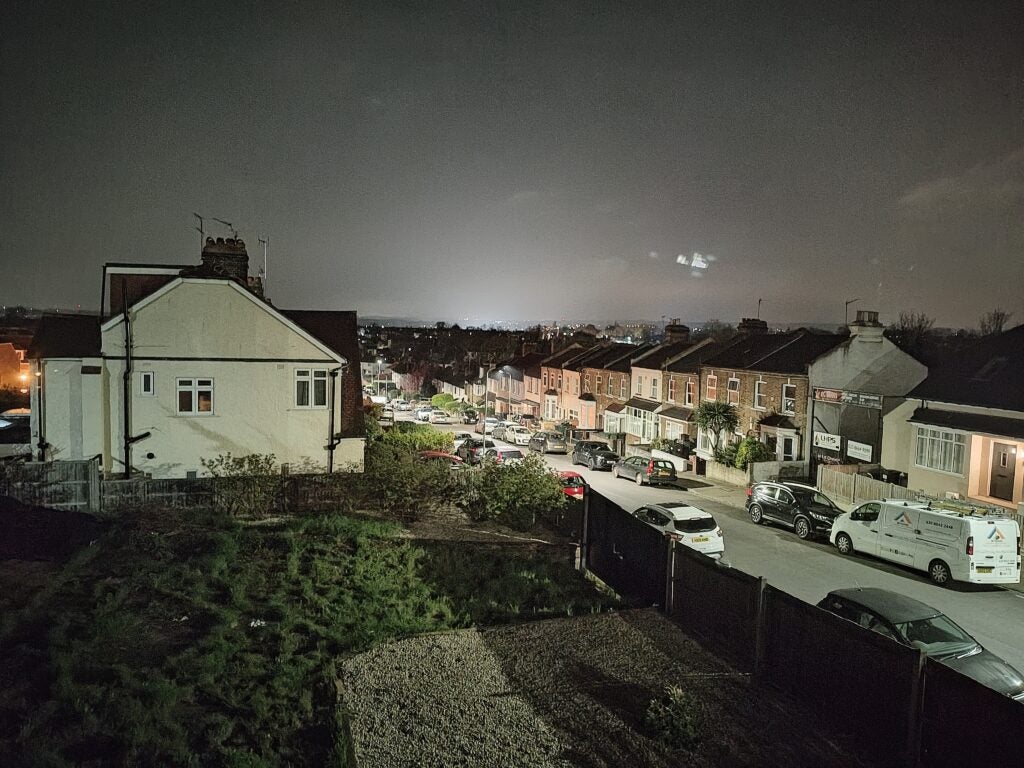
I do find colour to be a consistent weak spot of the ThinkPhone’s primary camera. Daytime photos can look just a touch oversaturated, and the tonality just isn’t always spot on.
My pickiness here is elevated by the fact you’d expect a ThinkPhone’s camera to be extra sober and measured. Most of the time, though, pics look straight-up lovely.


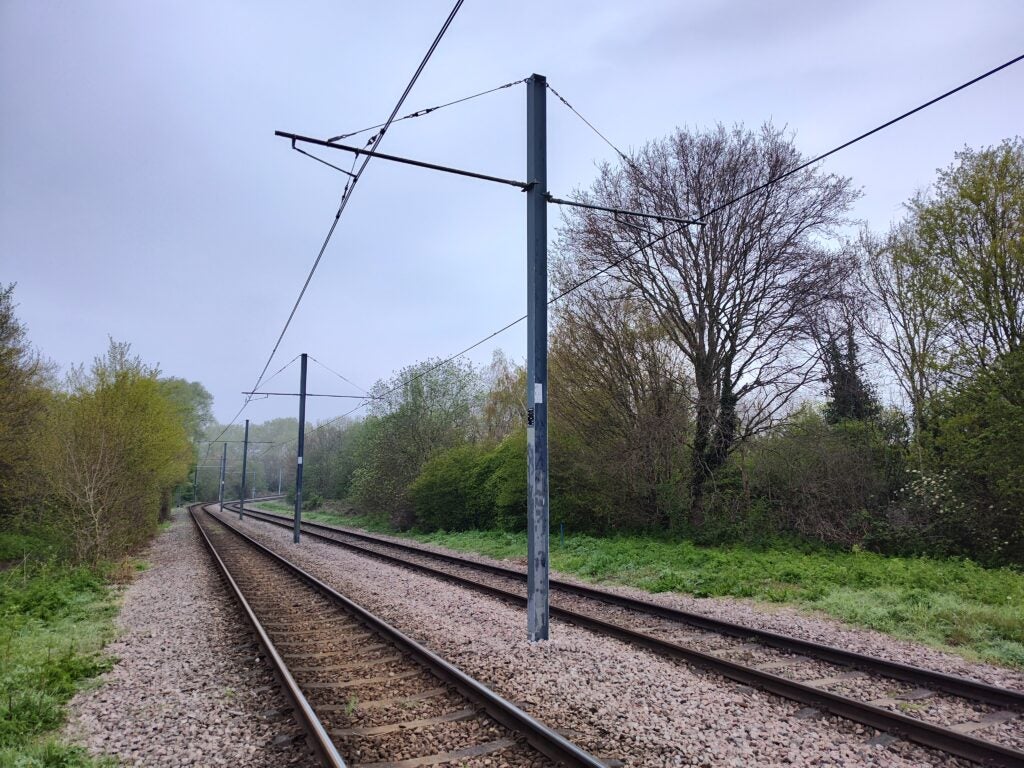






The 13MP ultra-wide camera holds up well considering its lower resolution. It can even take decent pics in somewhat dingy indoors conditions. However, at the price you can of course do better. Plenty of phones at this level also have a zoom.
Video is a bit of a surprise, as the ThinkPhone can shoot at up to 8K resolution, 30 frames per second. I don’t think most should bother with this mode beyond experimentation, though.
The rolling shutter effect is so bad at 8K; geometry looks all wobbly and slanted as soon as you start fast panning. It’s not a stabilised mode either. 4K/60 and below is much better, and 4K/30 shooting is particularly smooth-looking and forgiving – in the sense of using electronic stabilisation, not frame-rate-related smoothness.
The Motorola ThinkPhone’s 32MP selfie camera is very capable too. It can pick out loads of detail in good light, and leans heavily on pixel binning and low-light processing to make facial features look reasonably confident and sharp, even in bad lighting. It can also use the phone screen as a fill flash, for much better results.
Battery life
- Good one-day battery life
- Decent fast charging, but outclassed by plenty of rivals
- 15W wireless charging
The Motorola ThinkPhone has a 5000mAh battery, one a little larger than the more style-driven 4600mAh Motorola Edge 40 Pro. Its stamina is fairly similar to that of the cheaper Motorola phones with 5000mAh batteries, perhaps a little worse.
At times I’ve drained the battery completely in a day, but on lighter days you can expect to have 30% left by the end of the day.
The ThinkPhone has a 68W charger that front-loads its power curve. No high-wattage phone sticks at its claimed watts the whole way through the charging process, but this Motorola holds onto a high level for a good while. It reaches 50% charge in just 13 minutes, and 85% in half an hour.
It still takes 44 minutes to reach 100%, though, which is far from the fastest I’ve seen in a 60-something watt charging system. This phone also supports 15W wireless charging, which is neat.
Latest deals
Should you buy it?
You want a classy phone with business features:
This is a classy, sober Android phone that provides good performance, looks decent enough and has some of the characteristics associated with Lenovo’s ThinkPad business laptops.
You want a standard Android phone:
You’re paying a good chunk of money for the ThinkPad association here, certainly more than it’s really worth unless you are interested in the enterprise fleet management elements.
Final Thoughts
The Motorola ThinkPhone is a capable phone that is easy to like. It charges fairly quickly, feels fast, is a middle-of-the-road size and comes with a quality case that hardly adds to the phone’s bulk.
However, it doesn’t really do enough to justify its high price for the average buyer, over alternatives like the OnePlus 11, Google Pixel 7 and Xiaomi 13.
There’s nothing wrong with the ThinkPhone, other than that it probably makes more sense for businesses than individuals. Unless you are just gagging for something to pair with your Lenovo ThinkPad laptop.
How we test
We test every mobile phone we review thoroughly. We use industry-standard tests to compare features properly and we use the phone as our main device over the review period. We’ll always tell you what we find and we never, ever, accept money to review a product.
Find out more about how we test in our ethics policy.
Used as a main phone for a week
Thorough camera testing in a variety of conditions
Tested and benchmarked using respected industry tests and real-world data
FAQs
It has IP68 water resistance, just about as strong water resistance as you could ask for.
There is no headphone jack here.
There is no memory card slot.
Trusted Reviews test data
Full specs
The post Motorola ThinkPhone appeared first on Trusted Reviews.
Source Trusted Reviews ,Home Appliances Reviews


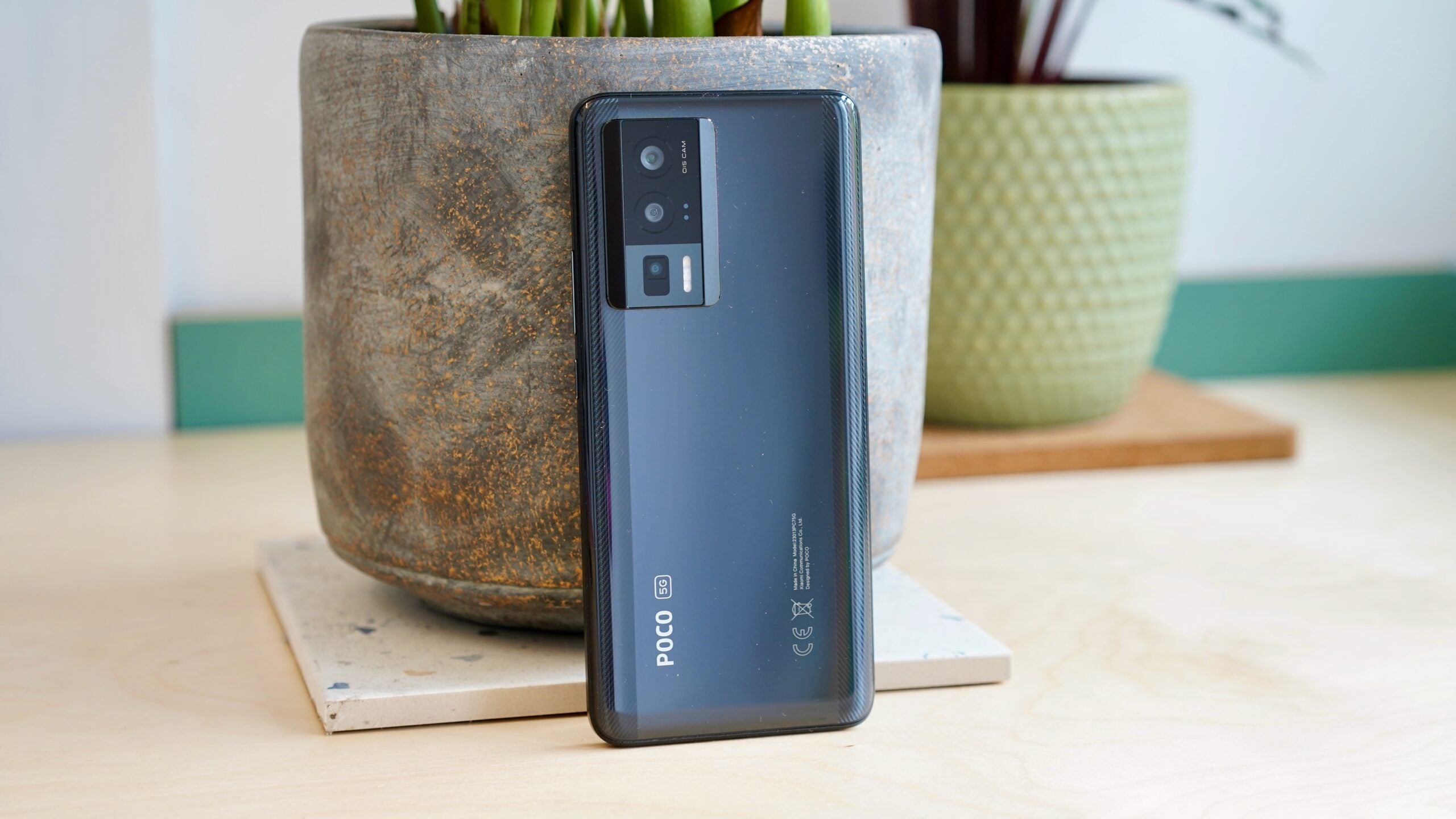
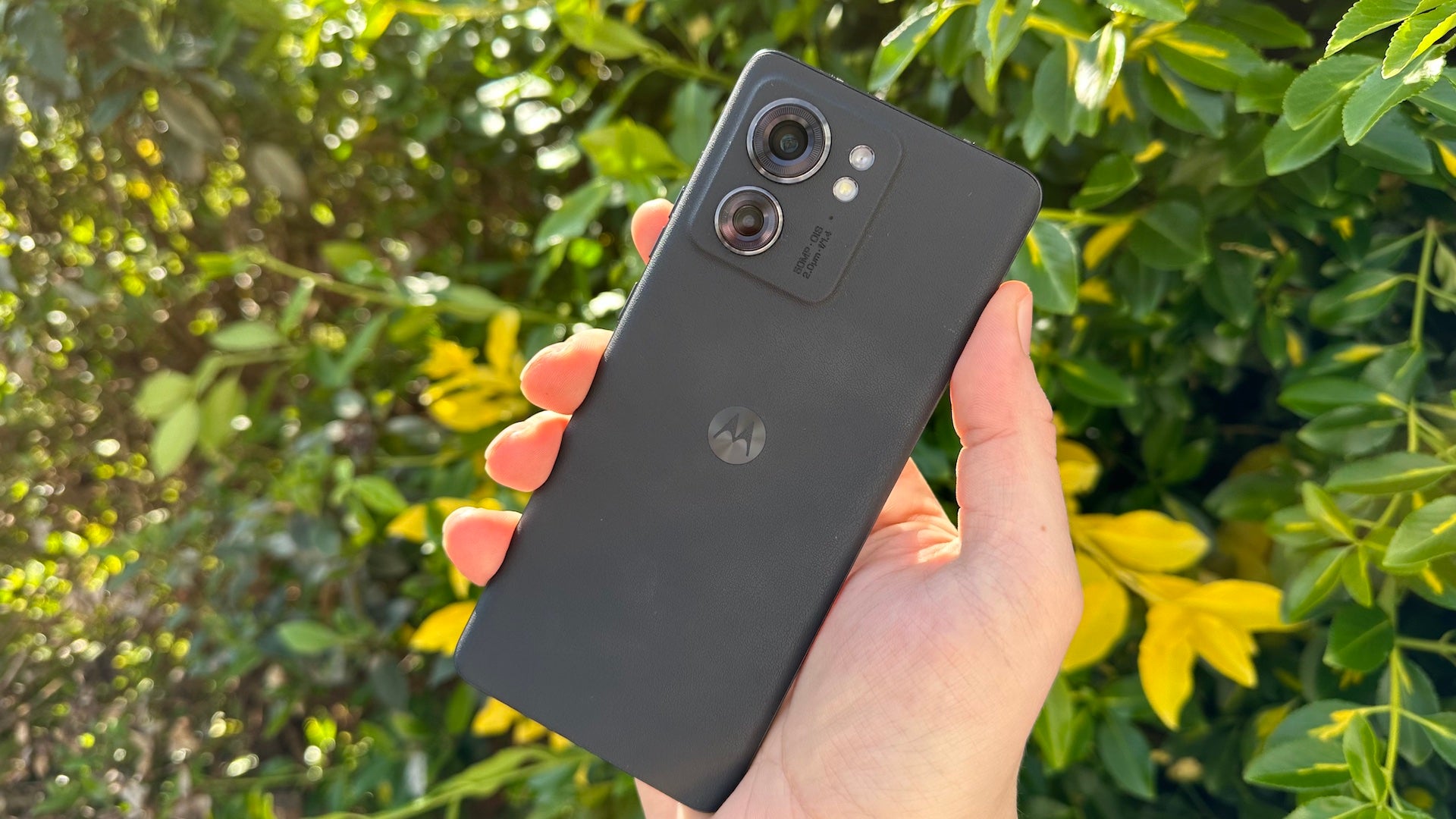
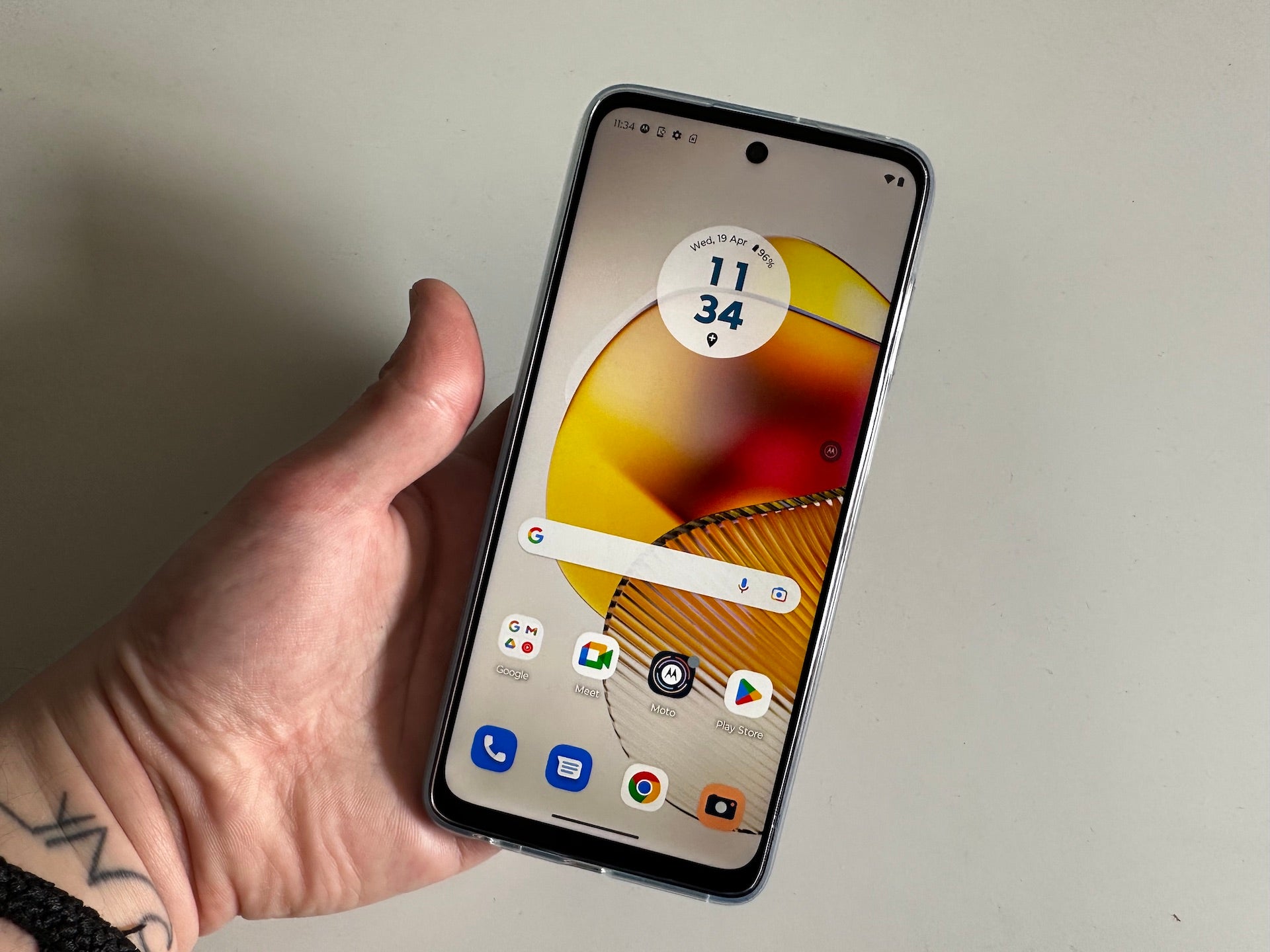
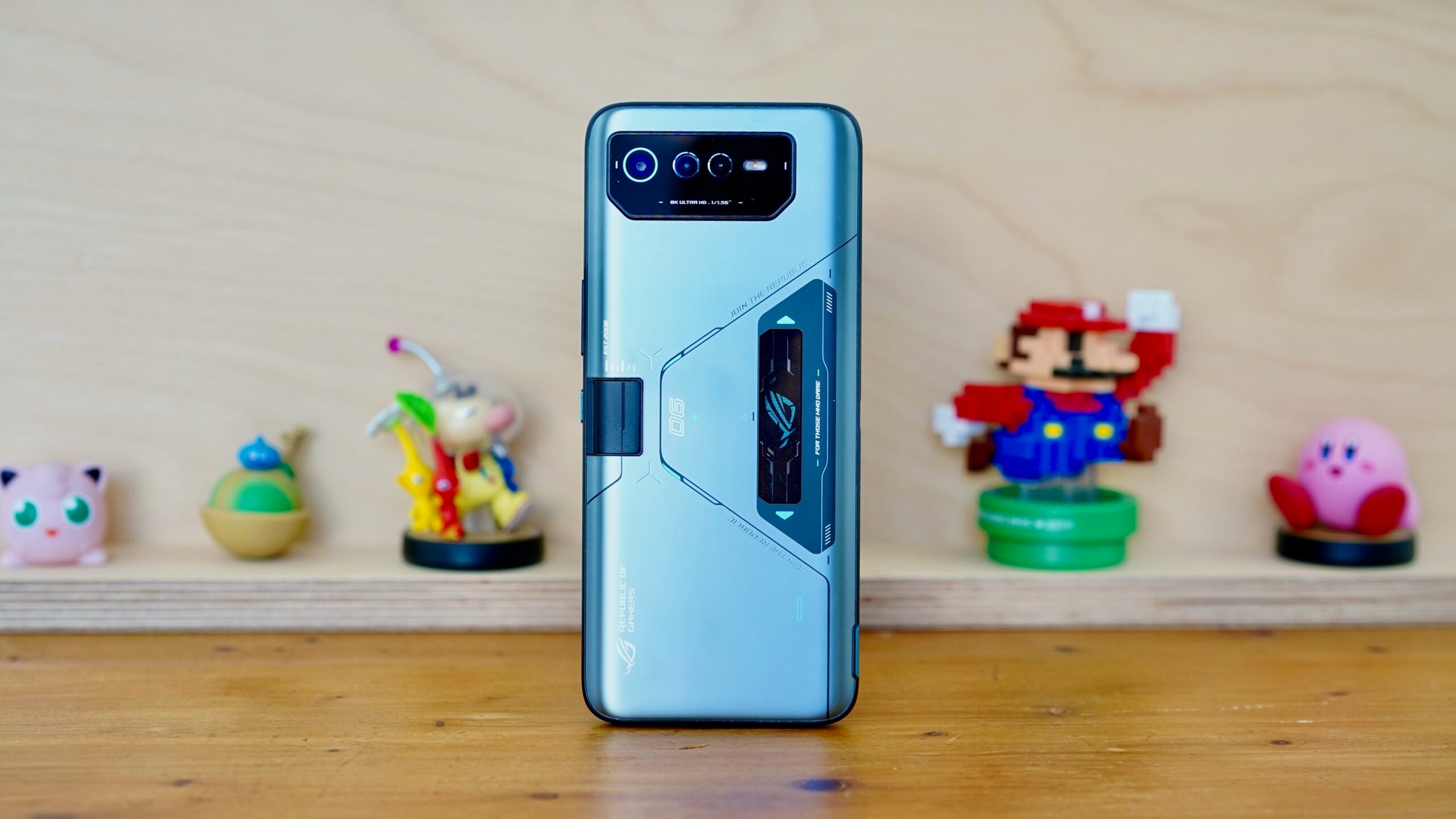
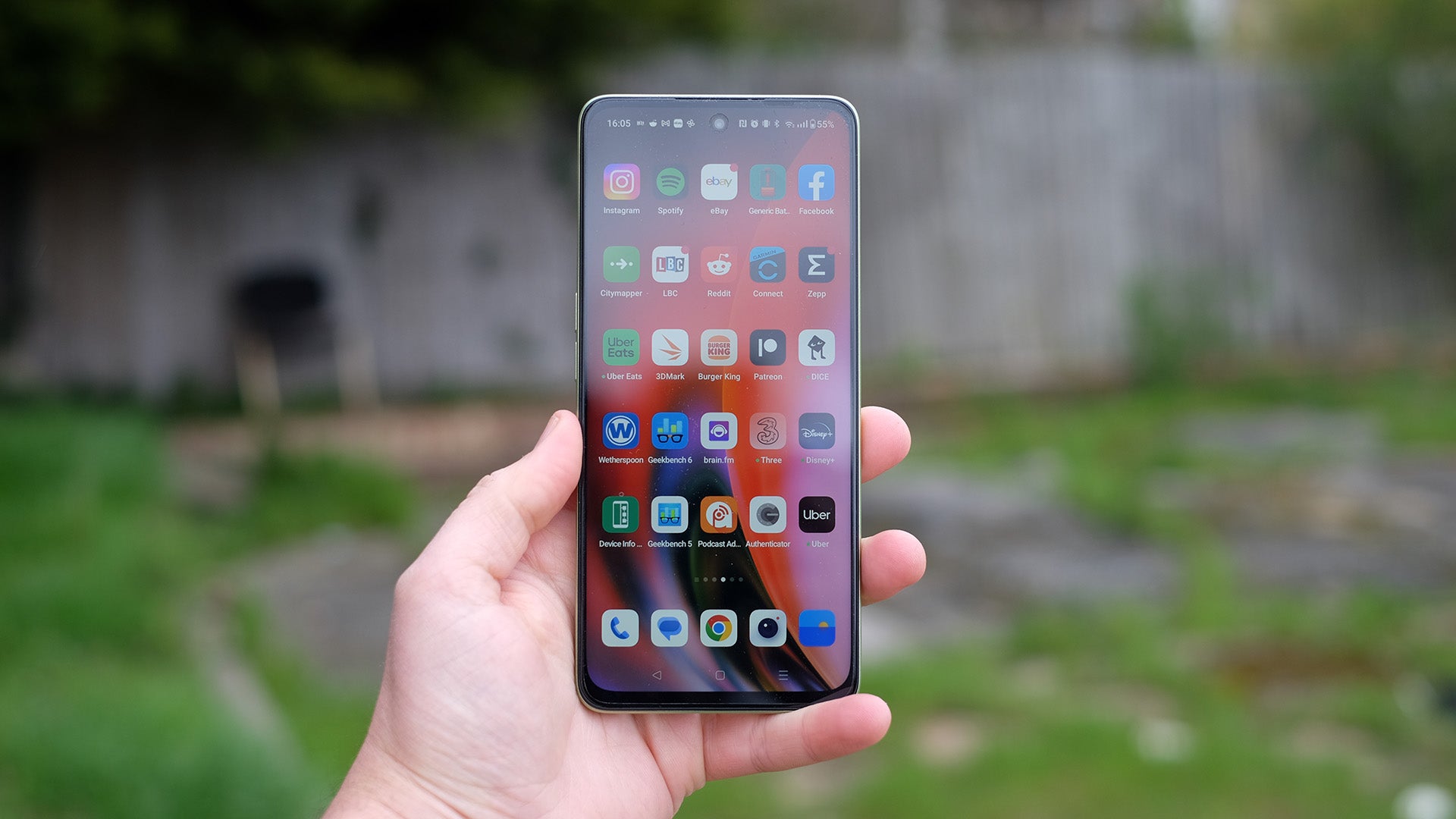
No comments